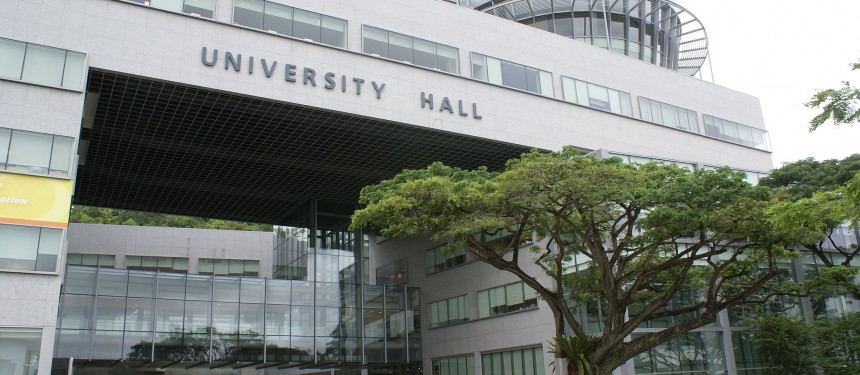Thanks to significant boosts in research funding, universities in Singapore and Korea are gaining ground in the QS University Rankings: Asia over traditional leaders Japan and Hong Kong. The National University of Singapore (NUS) tops the list for the first time, while Korea’s KAIST climbs from sixth to second place.
News and business analysis for Professionals in International Education
Have some pie!
Singapore, Korea climb QS Asia Rankings
 University Hall, National University of Singapore. Photo: Alex Ch.
University Hall, National University of Singapore. Photo: Alex Ch. “The Chinese government’s investment in scientific research is starting to pay dividends”
This is the first year in the ranking’s five- year history that a Hong Kong institution has not topped the table. Last year’s first and second ranked institutions, Hong Kong University of Science and Technology and Hong Kong University, have fallen to fifth and third places respectively.
Seoul National University and Pohang University of Science and Technology (Postech) also feature in the top 10 and Singapore’s Nanyang Technological University (NTU) reaches seventh place up from tenth last year.
NTU and NUS have benefitted from a S$16.1 billion (US$12.9bn) government scheme to boost quality in science, technology and innovation.
Korea’s spending on research and development has also increased and now stands at 3.6% of GDP: among the highest in the Organisation for Economic Co-operation and Development (OECD).
Despite retaining more universities in the top 50 than any other country, 13, Japan is beginning to lose ground, possibly owing to a series of funding cuts since 2007 – most notably across-the-board public sector salary cuts in February 2012.
Sowter cited the financial crisis as a key reason for the stall as the University of Tokyo falls to 10th, its lowest ever position.
“Though the drops for Japanese universities this year are small, they continue a trend that is observable over the past three or four years,” Ben Sowter, head of the QS Intelligence Unit, said.
“These rankings confirm the emergence of Singapore and Korea as the region’s new major players, denting the dominance of Hong Kong and Japan,” he concluded.
China has also climbed the league table thanks to significant increases in government funding, with 13 of its top 20 institutions improving their position on last year. This year’s unprecedented US$43.6 billion allocated by the government to research and development followed an average increase of 23% year-on-year for the past decade.
“Government investment in scientific research is starting to pay dividends, with the majority of Chinese institutions increasing both the volume and impact of their research in recent years,” Sowter said.
However, Peking University, which fell three places to seventh and Tsinghua University, which remains at 14th, are “still playing catch-up” with the better-funded NUS and University of Hong Kong, he explained.
India makes its first appearance on the list at 38 with the Indian Institute of Technology Delhi. The number of Indian universities featured in the top 300 stands at 17, up from last year’s 11, though seven of its top eight institutions have fallen.
Still looking? Find by category:



2 Responses to Singapore, Korea climb QS Asia Rankings